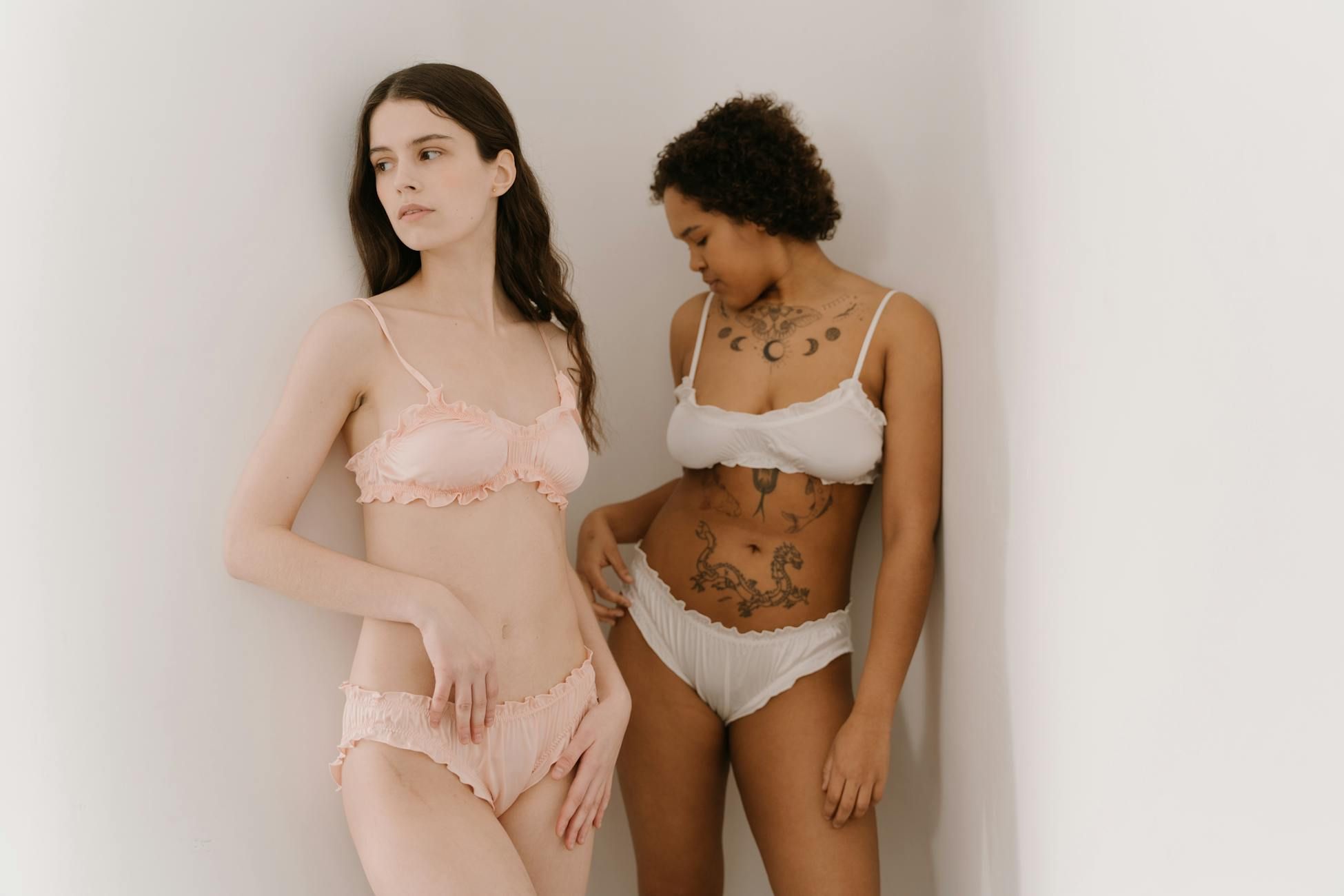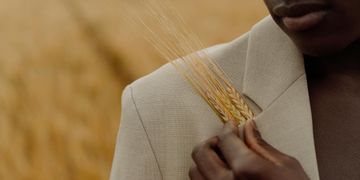The Evolution of Underwear: Fashion, Function, and Fabrics



Underwear has evolved significantly throughout history, reflecting changes in fashion, functionality, and fabrics. From ancient loincloths to modern lingerie, the history of underwear mirrors shifts in society, technology, and cultural norms.
Ancient Underwear: Function Over Fashion
In ancient times, underwear primarily served a functional purpose. Both men and women wore simple garments to provide modesty and protection.
-
Men: Loincloths or braies
-
Women: Basic undergarments made from linen or wool
These early styles were simple, practical, and crafted from readily available materials.
Medieval Underwear: Early Styles and Fabrics
As societies evolved, underwear became slightly more elaborate.
-
Men: Fitted leggings or braies
-
Women: Chemises and corsets that accentuated the waist and bust
-
Fabrics: Silk and cotton gained popularity for comfort and breathability
These designs began to blend functionality with emerging fashion trends.
19th Century: Industrial Revolution and Mass Production
The Industrial Revolution brought significant changes to underwear manufacturing:
-
Mass production: Made undergarments accessible to a broader population
-
New styles: Bloomers for women and drawers for men
-
Retail innovations: Department stores and mail-order catalogs introduced wider availability
This era marked the beginning of modern underwear commerce.
20th Century: Innovation and Comfort
The 20th century saw rapid innovation in underwear design:
-
Introduction of elastic materials: Revolutionized fit and comfort
-
Men’s styles: Modern briefs, boxers, boxer briefs, and trunks
-
Women’s styles: Panties and bras in varied colors, patterns, and embellishments
Designers prioritized both comfort and fashion, experimenting with textures, colors, and styles.
Modern Underwear: Diversity and Choice
Today, the underwear market caters to a wide range of preferences and body types:
Men’s Underwear
-
Popular styles: Briefs, boxers, boxer briefs, trunks
-
Key features: Comfort, functionality, and support
-
Fabrics: Cotton, modal, and other breathable materials
Women’s Underwear
-
Popular styles: Bikini briefs, thongs, boyshorts
-
Key features: Fashionable designs and practicality
-
Fabrics: Nylon, lace, microfiber – offering comfort, stretch, and style
Modern underwear combines fashion, function, and comfort, with options like moisture-wicking fabrics, seamless designs, and eco-friendly materials.
Cultural Impact of Underwear Evolution
The evolution of underwear reflects broader cultural shifts:
-
Changing attitudes toward body image and sexuality
-
Emphasis on diversity and inclusivity
-
Expansion of sizes, styles, and marketing campaigns to cater to all individuals
Underwear has become not just a necessity but also a statement of personal style.
Conclusion: Fashion Meets Function
Whether you prefer traditional cotton briefs or modern seamless panties, there is an underwear style to suit every preference. The evolution of underwear continues to balance fashion, function, and fabrics, ensuring everyone can find the perfect fit for their comfort and style.




